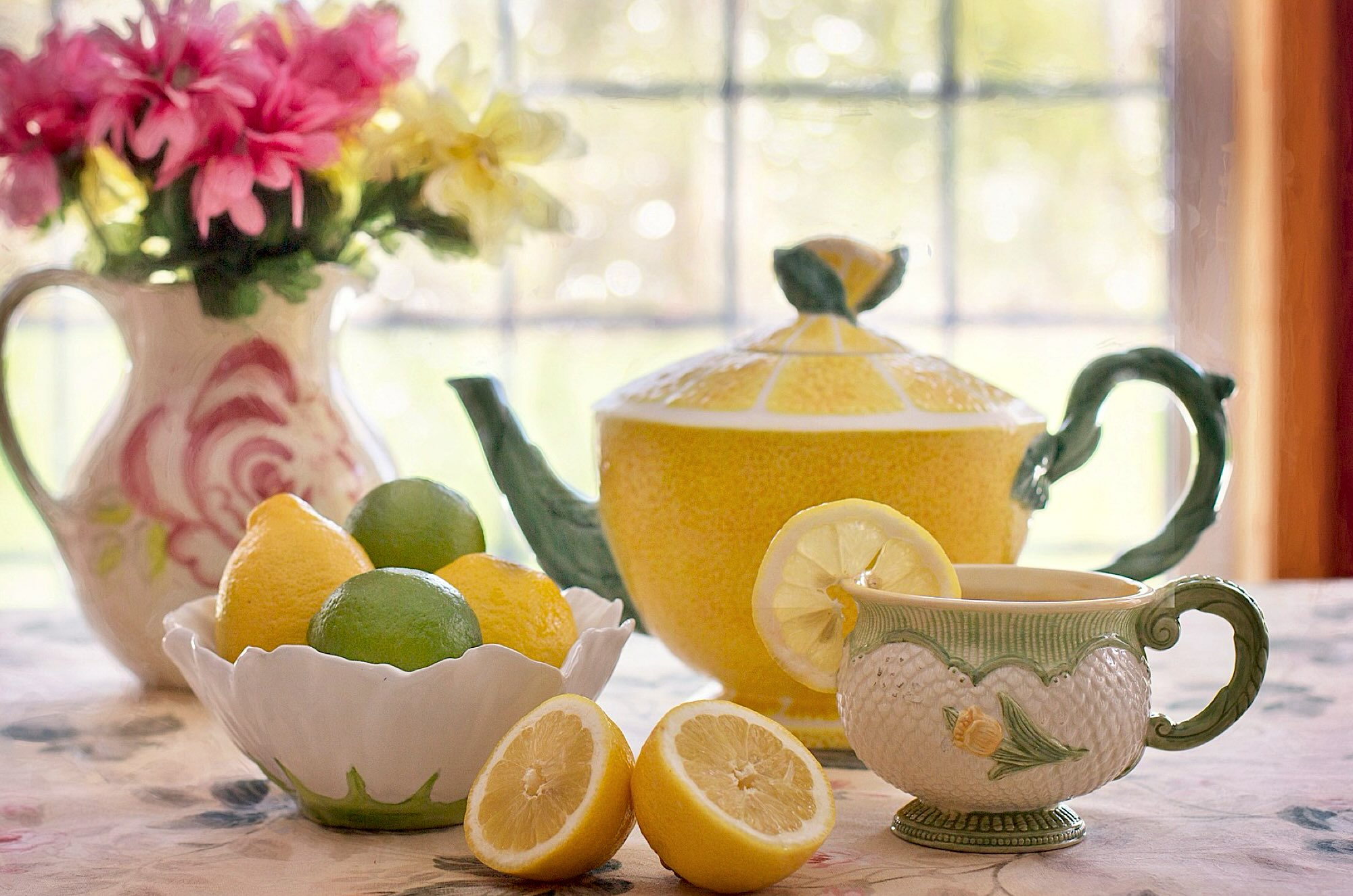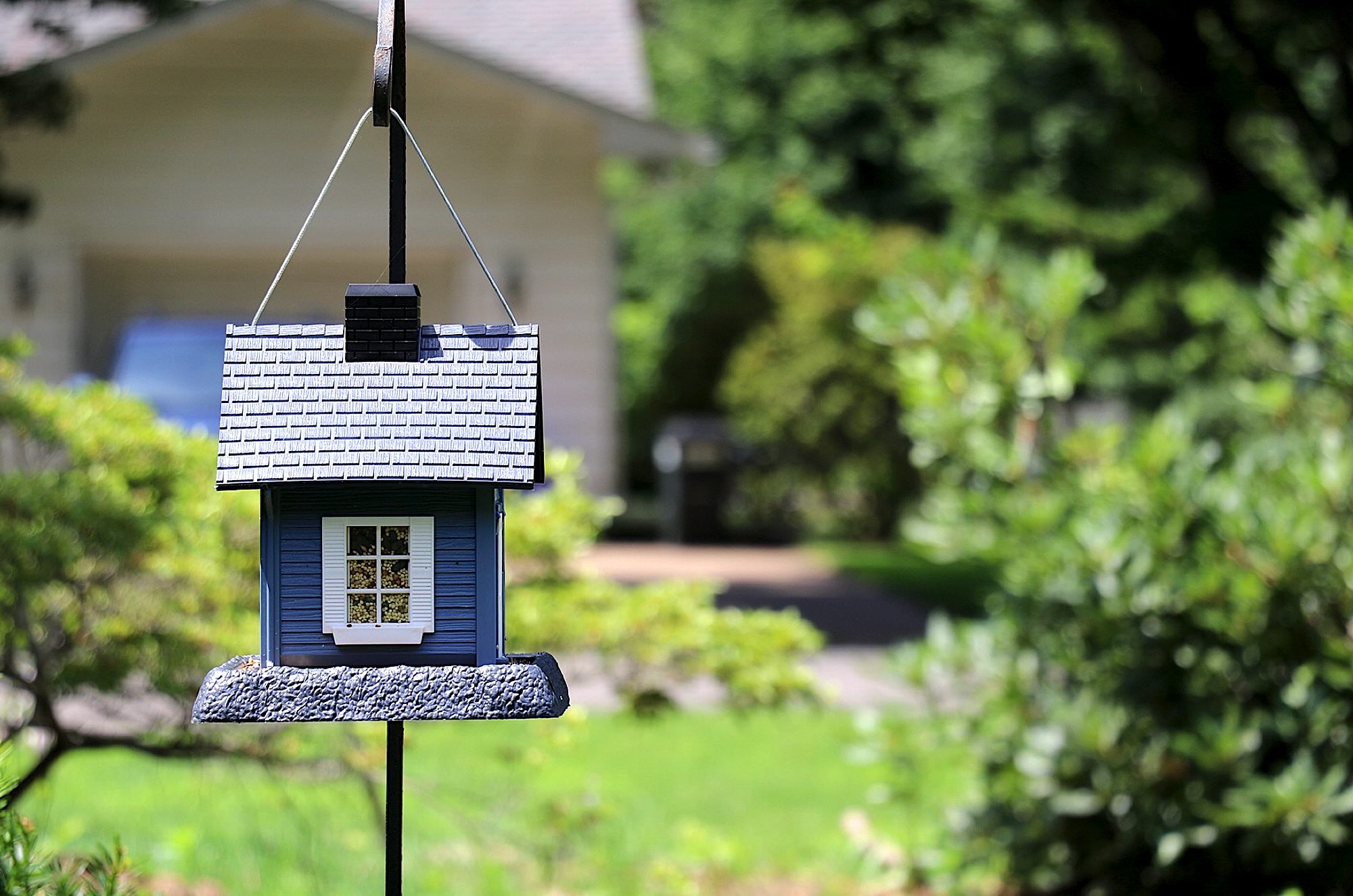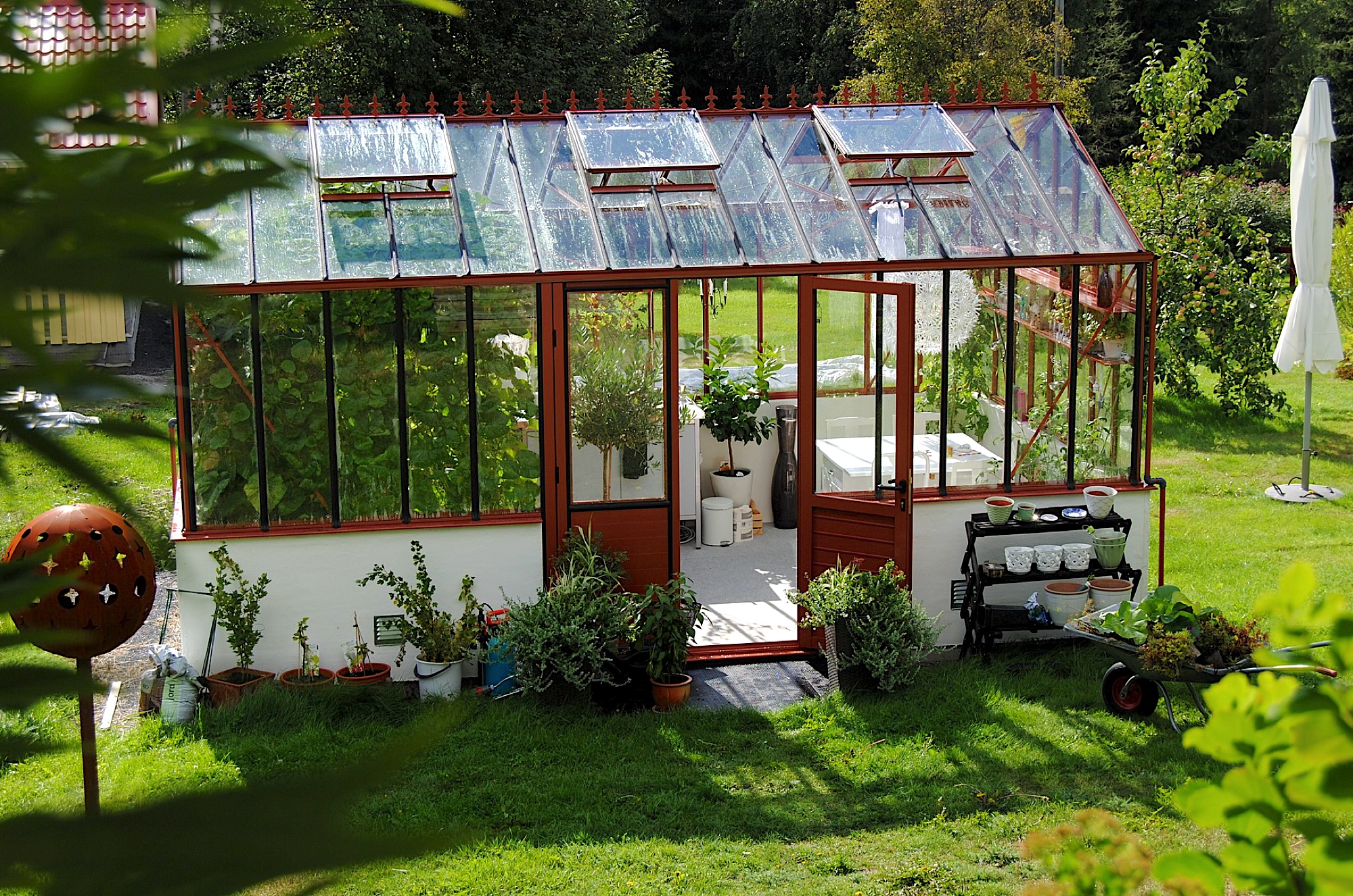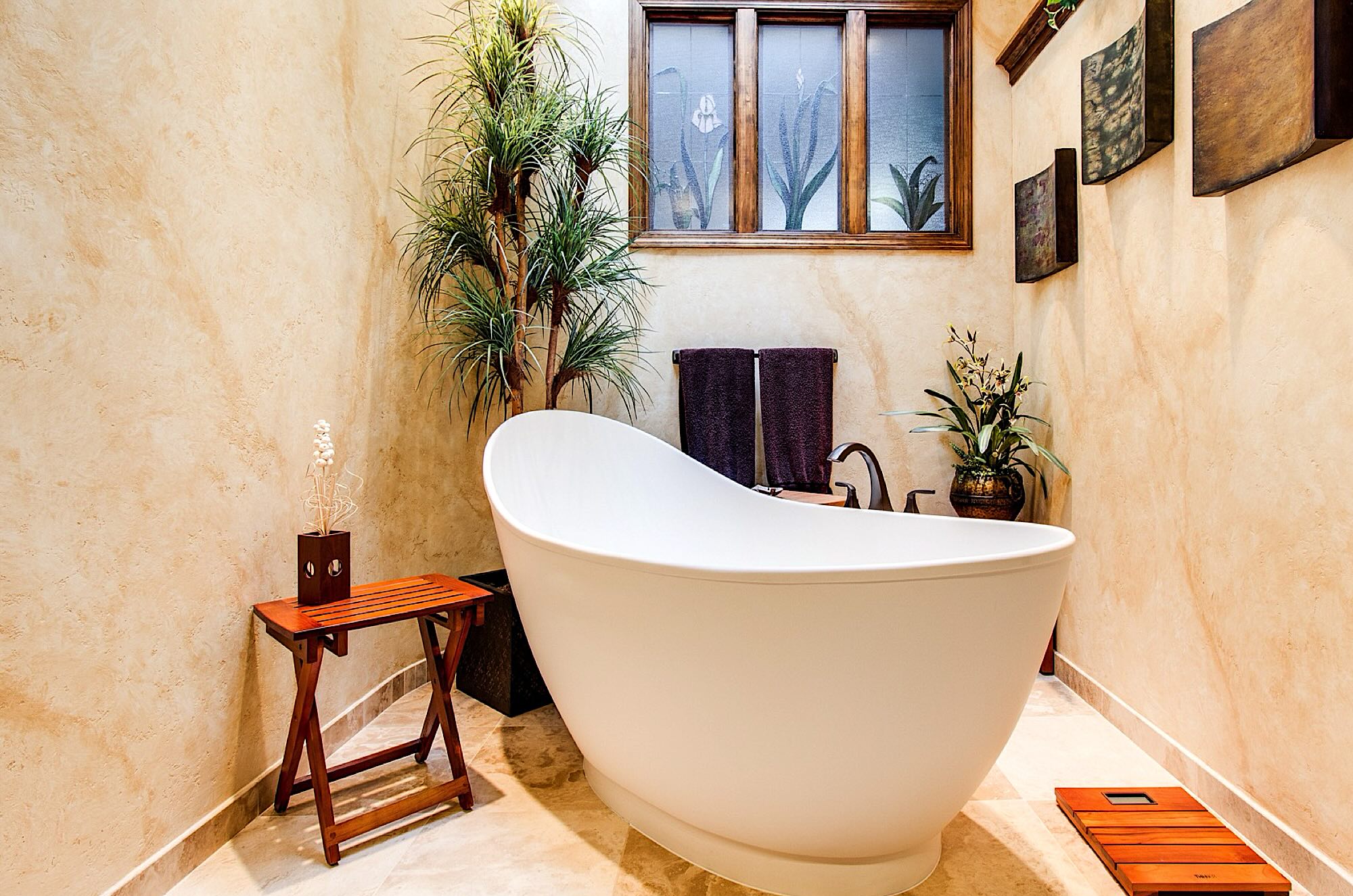Log homes have a special appeal and an aesthetic that invites occupants to reconnect with nature. Living in a log home is something akin to ‘art as an experience’. Log construction has evolved, from being an essential part of European and North American housing stock, to a building method that is kept alive by popular culture.
The log home lifestyle is a direct sensory experience. One merely has to reach out and touch logs that may be a hundred years old, or perhaps, were harvested a short while ago from the clearing where the house now stands. It’s stimulating to interact with the naturalistic lines and textures of ancient trees assembled into a fortress-like cocoon. In comparison with the sterility of drywall, logs allow people to get in touch with natural processes. Some people consider this sense of heightened understanding to be essential for their well-being.
Is a log home right for your family? They can be a compelling option on many different levels. As an owner-builder, a log home project is easier to manage compared to a traditional stick-built home. Because there is no drywall or stud framing (or very little of it) a log home can be less expensive to finish.
The log home company will deliver and set-up the shell, roof, windows, and doors. You provide the lot, utilities, and foundation. If you have the skills to frame in the bathroom and kitchen it’s an opportunity to put your mark on the project. Alternatively, the log home company will arrange for carpenters to finish the interior to your specifications.
When most people think about log homes, they imagine a style called ‘big rounds’ or old trees that have been felled, peeled, and fitted together with massive saddle joints. This is the most natural type of construction method. It uses a technique called the ‘Scandinavian full scribe‘ to ensure a tight fit between the logs. This results in wind-proof seal that is warm in winter and beautiful to look at.
In contrast, pre-milled log homes have uniform look because all the logs are milled to be the same size and shape so construction is standardized. They may have simpler, machine-made joinery that utilize the ‘butt-and-pass’ joint or the lap joint, and tongue-in-groove seals along the length. Walls are usually flat with pre-cut channels for wiring and other utilities. The result is an attractive and very affordable log home with the added benefit of engineered construction.
There are four basic types of wood used in log construction. These are green or fresh cut, air seasoned, kiln dried, and engineered. With green and seasoned wood, the timbers may experience shrinkage and settling during the first few years. Round logs will ‘check’ or develop some open seams. This is normal and adds to the aesthetic appeal of using real logs.
A log home can be an efficient, comfortable, and feel alive. Log homes are renowned for the ability to hold heat through thermal mass and radiate it back to the occupants. At the end of a winter’s day, when the fire is crackling and the snow is drifting on the windowpanes, you might be very happy that you chose a log home over a traditional one.
Interested in living in a log home? Contact us today for listings and tours of homes in your area.





